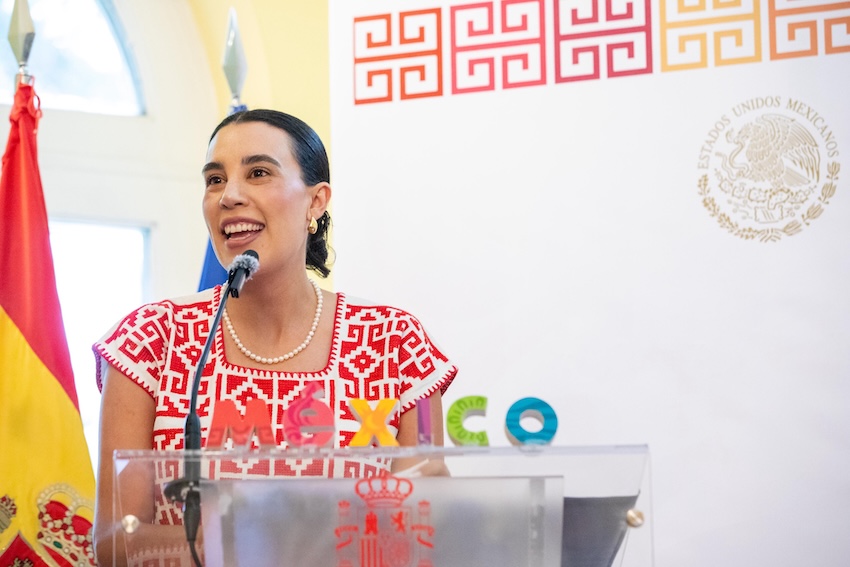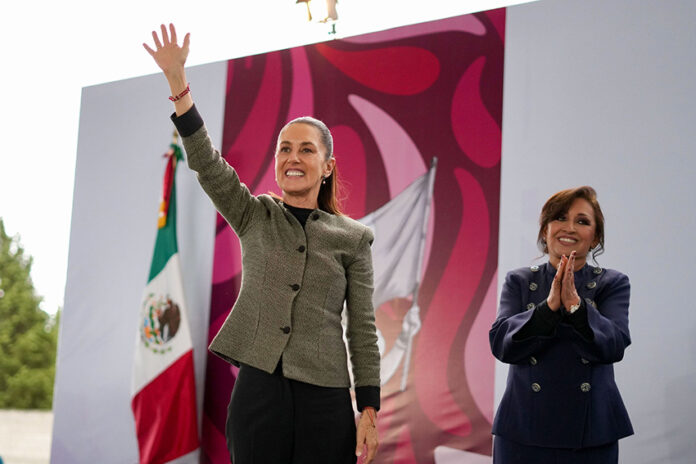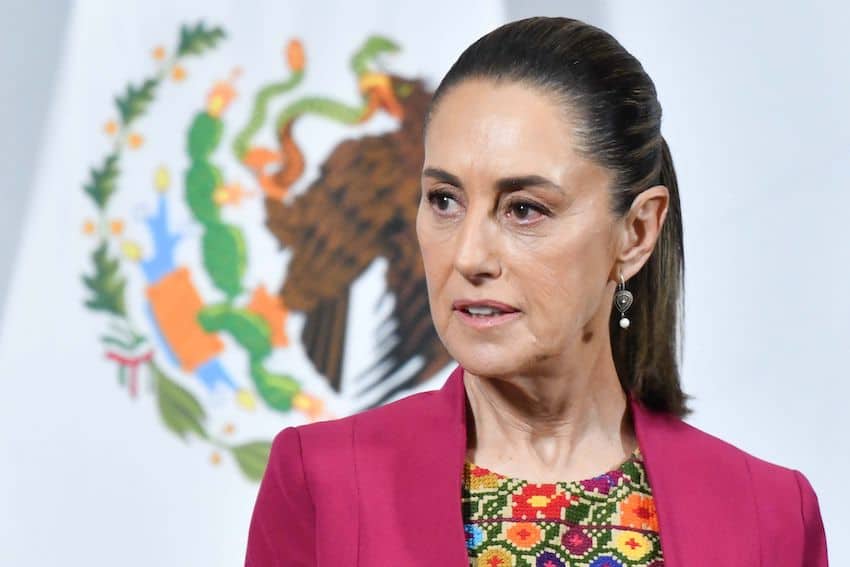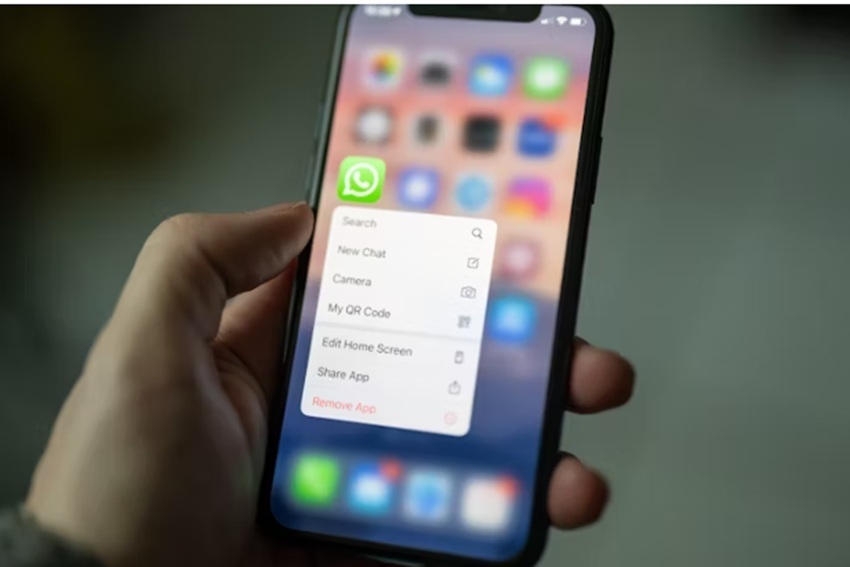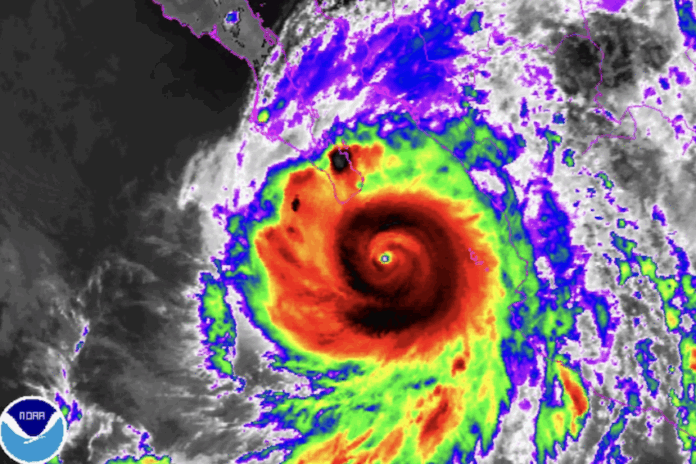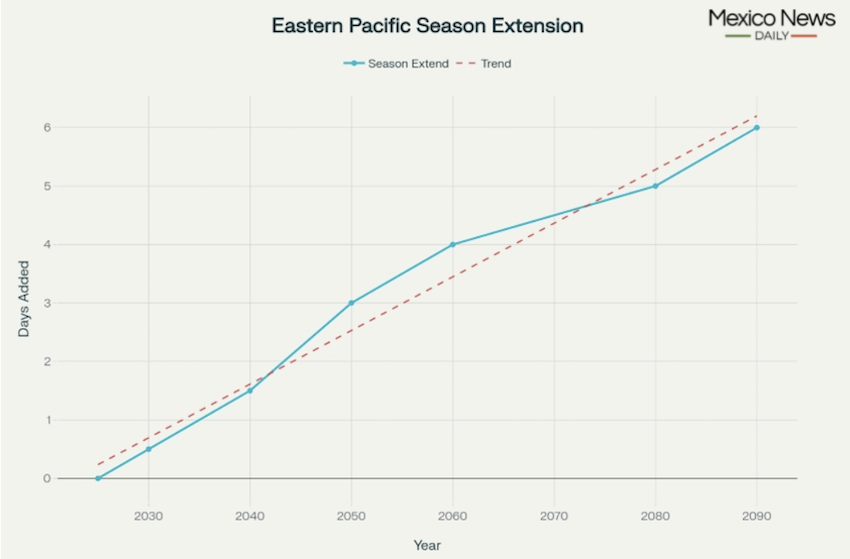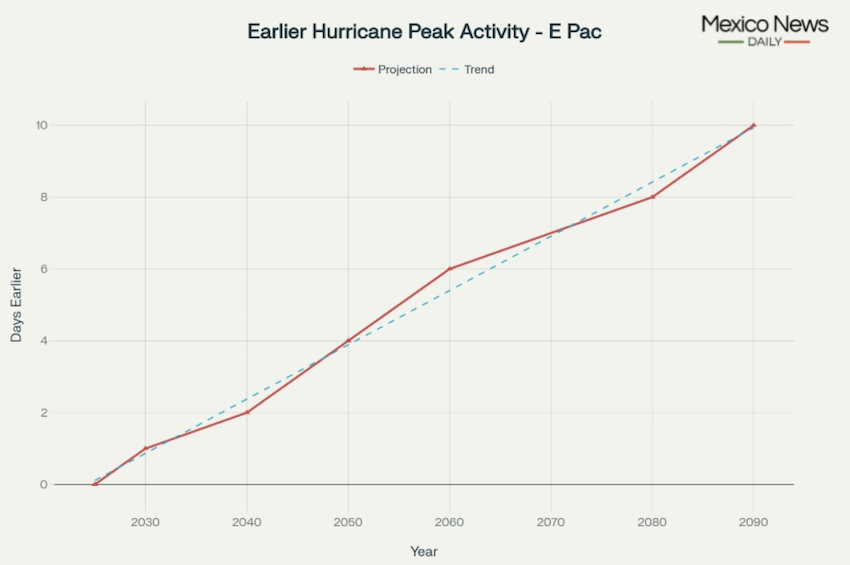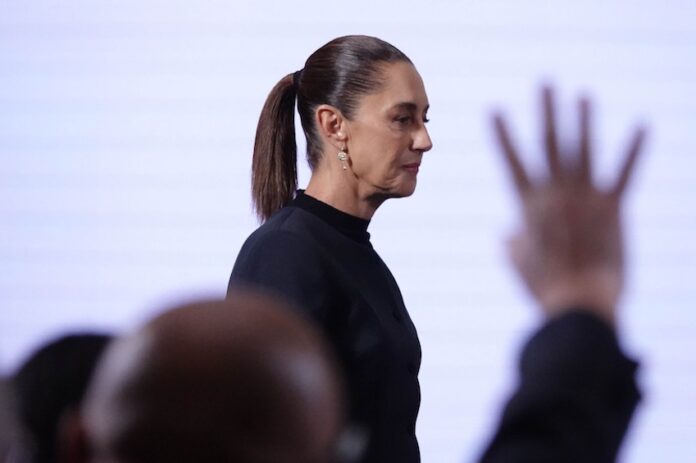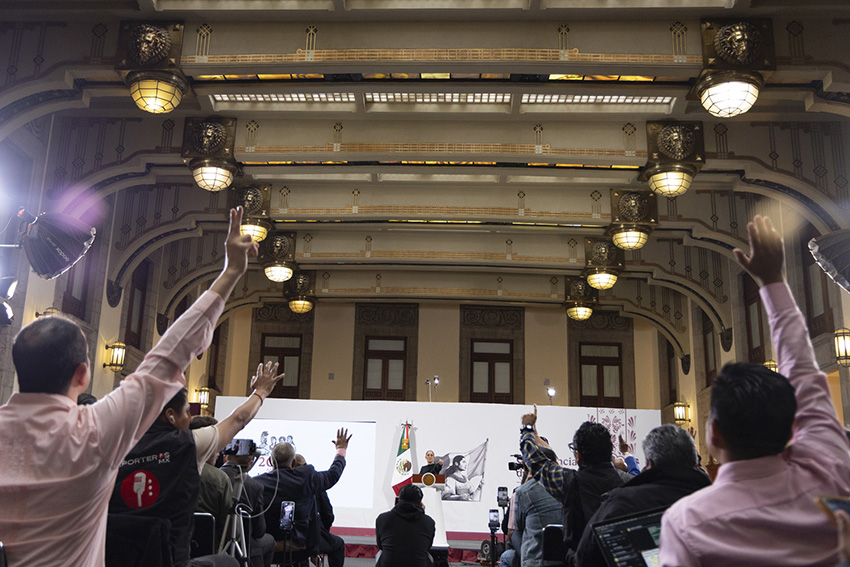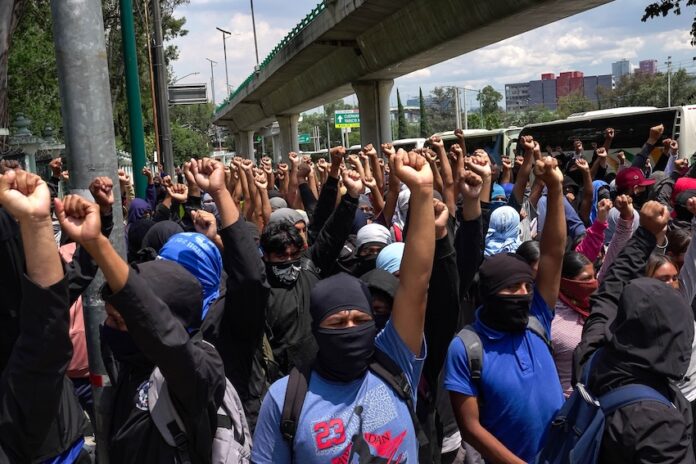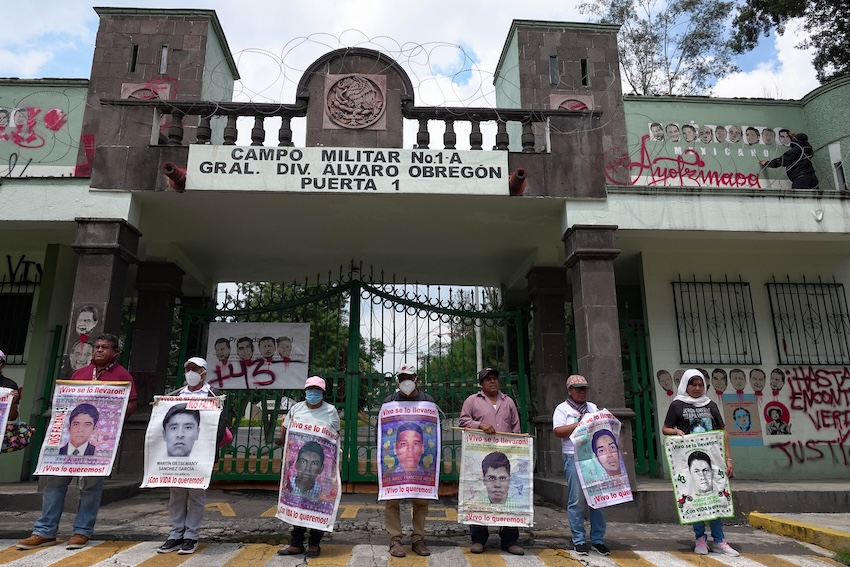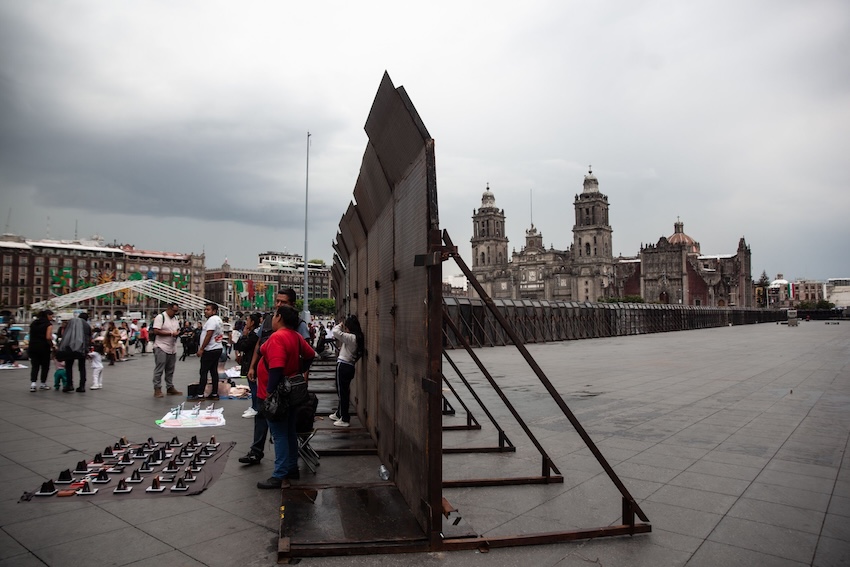Last week, we talked about how tamarind reached Mexican shores, and I admit I tried to squeeze hibiscus — jamaica in Spanish — into that story. It wouldn’t fit. It deserves its own chapter. The hibiscus we steep in jars and fold into salsas in Mexico has a more complicated passport than the Manila Galleon that finally brought it to our Pacific coast.
In the beginning
The roots of jamaica trace back to Sudan, where archaeologists say it was domesticated roughly 6,000 years ago. It was one of the first plants people deliberately cultivated.

In Sudan, people roasted hibiscus seeds the way you’d roast other staples. Not glamorous, but practical. Those seeds turned out to be packed with protein and a sensible source of sustenance. The plant’s showy flower ensured it wouldn’t stay hidden in pantry shelves for long. Hibiscus was quickly noticed as an ornament, a medicine and a food, turning up in the records of major civilizations across continents.
In Egypt, a long medical papyrus mentions karkadeh (hibiscus) for coughs, colds and sore throats. Some translate the name as “the Pharaoh’s drink,” and it still keeps a place at weddings and ceremonies in parts of Egypt today. That blend of everyday refreshment and ritual is a neat reminder of how a plant can be domestic and ceremonial at once.
When hibiscus reached the Mediterranean, the Greeks and Romans put it to work. Because certain species are mucilaginous and softening, classical physicians used hibiscus and related mallows as emollients and digestive aids, even for wounds and respiratory complaints. The genus name hibiscus comes from the Greek hibiskos (marshmallow), which tells you how embedded those uses were in antiquity. Those traditions fed into European herbal practice for centuries.
View this post on Instagram
Across Asia, hibiscus collected new jobs and meanings. In China, it was a dye, a brightener and a hair darkener. It also became a symbol of prosperity and femininity. In India, Ayurvedic medicine embraced hibiscus for digestion, hair health, urinary support and, importantly, balancing Pitta and Kapha doshas; the energies tied to metabolism, temperature, structure and immunity.
From hibiscus to jamaica
Its trip to Mexico followed the Manila Galleon’s route. The ships that crossed from Manila to Acapulco were floating markets of plants, people and recipes. Hibiscus likely arrived bundled among that trade and found the Pacific coast agreeable. If you like romantic images, picture the flower landing in Acapulco, liking the weather and slowly spreading through Guerrero, which today is responsible for just over 70% of Mexico’s production. In 2019, Mexico produced 5,810 tons of hibiscus.
Why do we call it jamaica? That’s a messy little mystery. I haven’t found a definitive origin (stories tangle around trade names and folk etymologies), and I’m still digging.
What matters more than the name is how completely hibiscus has been absorbed into Mexican food. Every fonda, restaurant and taquería offers a glass of hibiscus agua alongside sodas. Beyond aguas frescas, jamaica turns up in jams, jellies, liqueurs, sauces, marinades, tacos and dressings. It’s tart, floral and stubbornly versatile.
The health benefits of jamaica
Modern science has proven that hibiscus is rich in antioxidants. Research suggests it can help lower blood pressure, improve cholesterol profiles, slow aging processes and reduce risk factors for chronic disease. It also aids digestion, acts as a mild diuretic and helps the body eliminate toxins. In addition, preliminary studies indicate potential benefits for managing type 2 diabetes.
Healthy jamaica gelatin with chia seeds
As a culmination of this anthropological culinary journey, we present a recipe that combines tradition with modern nutritional innovation. This dessert pairs hibiscus’s antioxidant profile with gelatin (which supports collagen) and chia seeds (omega-3s, fiber, protein) to make a functional treat that benefits skin, joints, digestion and cardiovascular health.
Ingredients (for 6 servings):
- 1/2 cup (50 grams) of dried hibiscus flowers
- 4 cups (1000 milliliters) of water
- 2 sachets (28 grams) of unflavored gelatin
- 1/2 cup (125 milliliters) of cold water to hydrate gelatin
- Stevia or natural sweetener to taste (equivalent to 3-4 tablespoons of sugar)
- 2 tablespoons (20 grams) of hydrated chia seeds
- 2 tablespoons (30 milliliters) of fresh lemon juice
Preparation:
- Rinse the hibiscus flowers under cold water.
- Boil 3 cups of water, add the hibiscus, and simmer 5–8 minutes until the liquid is deep red. Remove from heat and steep 15 minutes.
- Hydrate the gelatin in 1/2 cup of cold water for 10 minutes.
- Strain the infusion, reserving the flowers for savory uses. Add the remaining cup of cold water to cool the tea.
- Briefly warm the hydrated gelatin (10–15 seconds in the microwave) until dissolved. Whisk into the warm tea to avoid lumps.
- Sweeten to taste, stir in lemon juice and fold in the hydrated chia seeds.
- Pour into molds or a single dish and refrigerate 4–6 hours until set.
Pro tips on storage
Keep refrigerated up to five days. Use the strained flowers for vegetarian tacos or fold in fresh berries before chilling.
Amigos, hibiscus in Mexico is not just an ingredient. It’s proof of how trade, migration and culinary curiosity turn foreign plants into national staples. From Sudanese fields to Filipino ships to Guerrero’s farms and our neighborhood fondas, jamaica’s journey maps a small, delicious history of Mexican gastronomy.
María Meléndez is a Mexico City food blogger and influencer.


